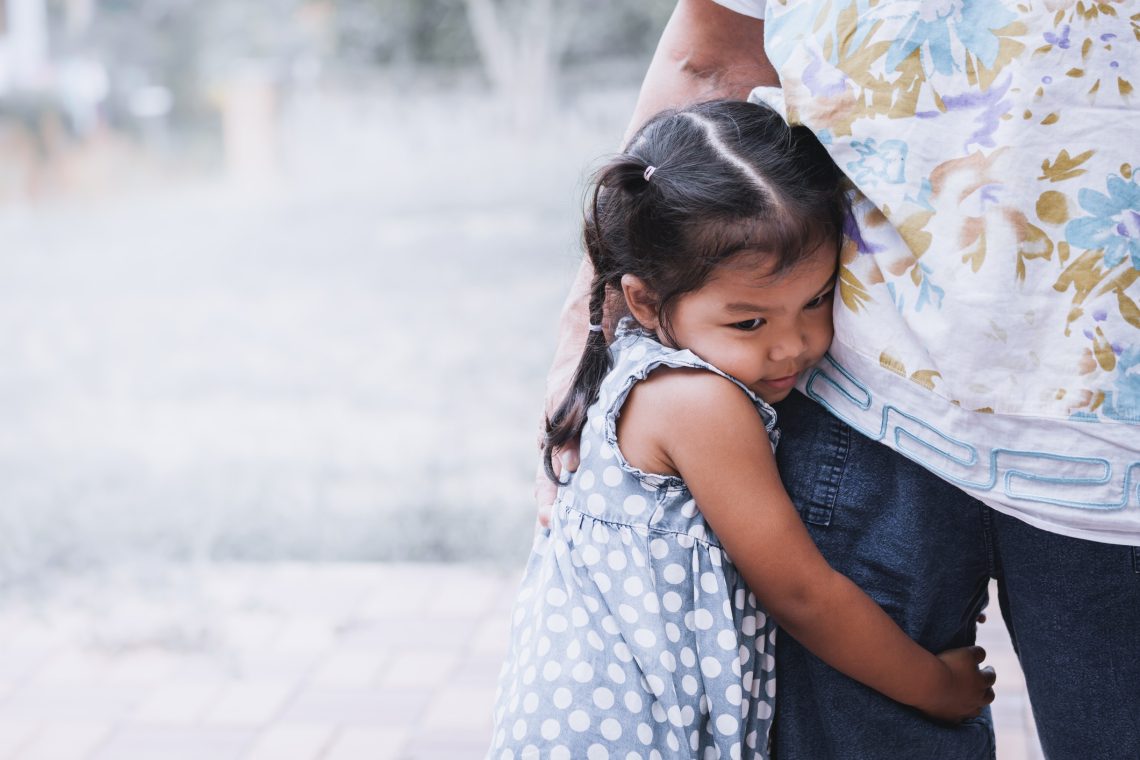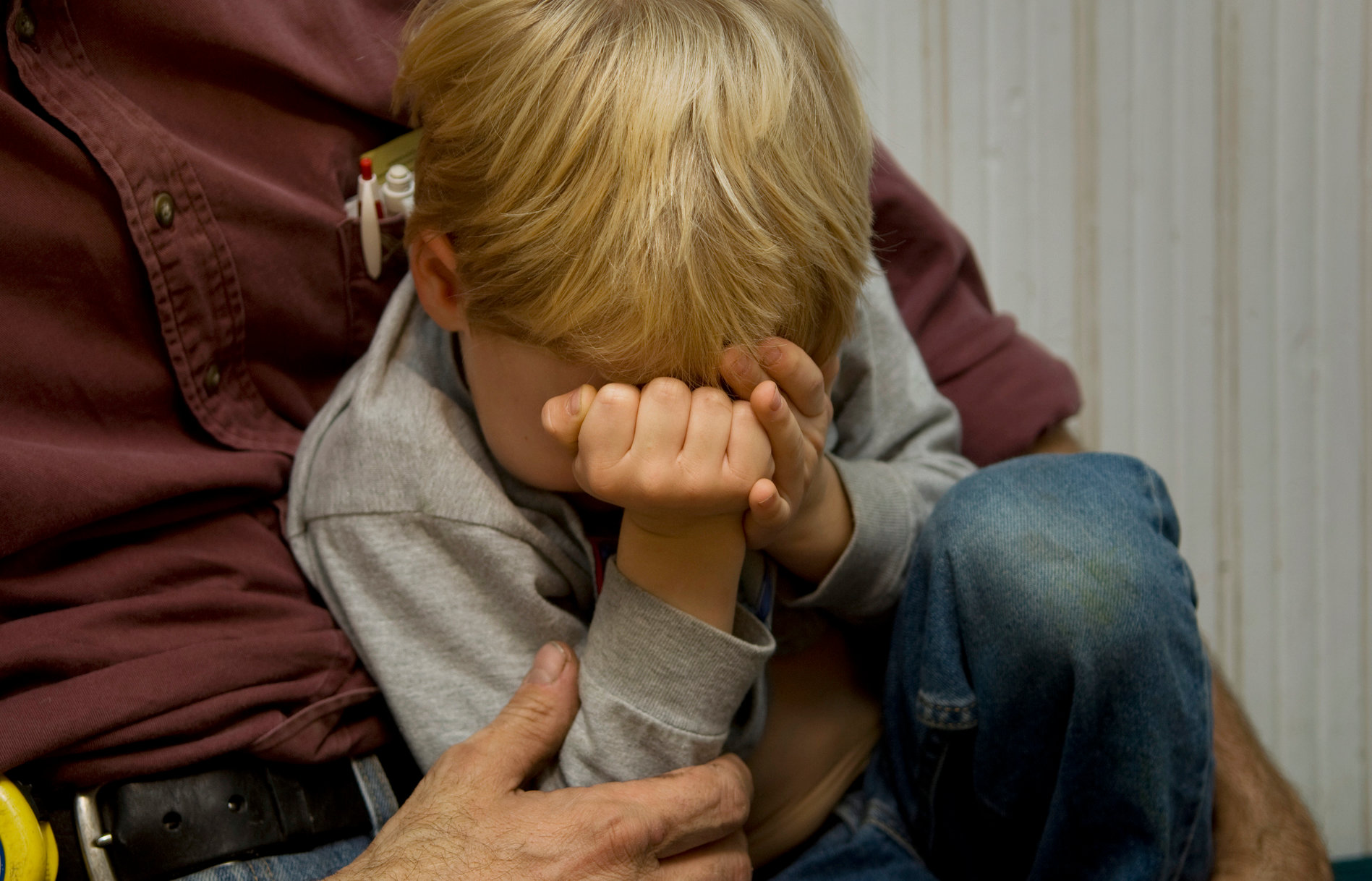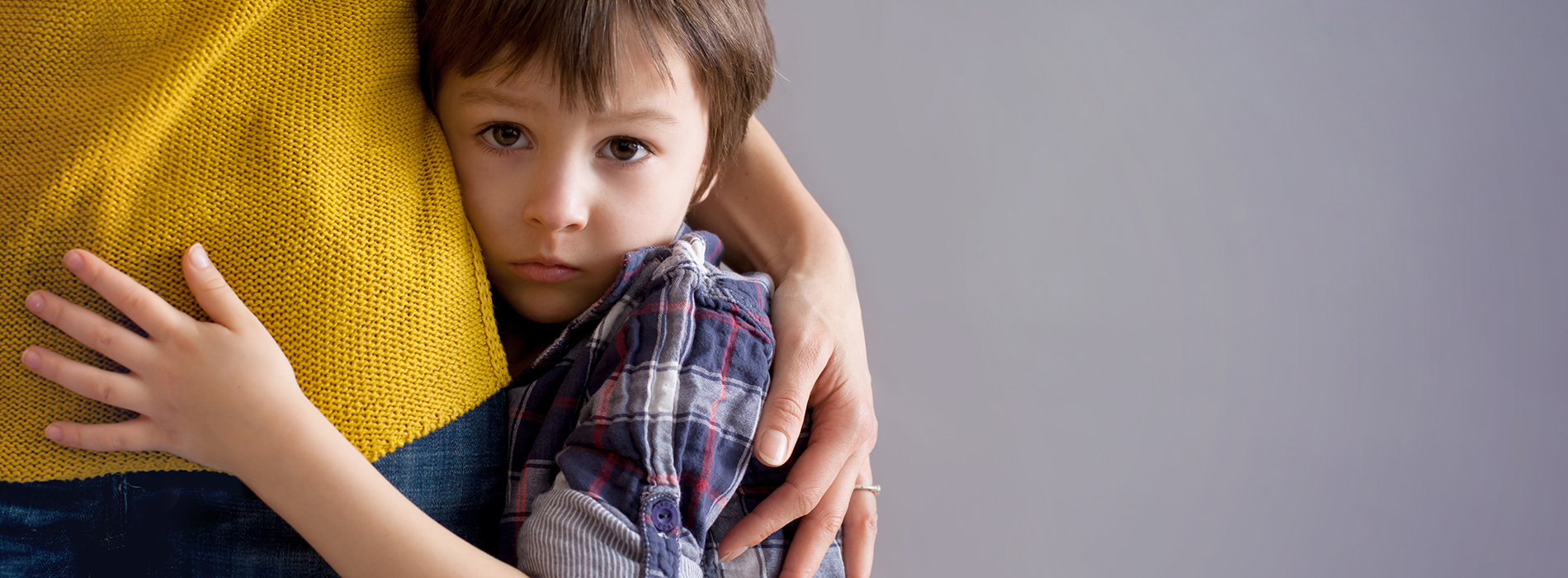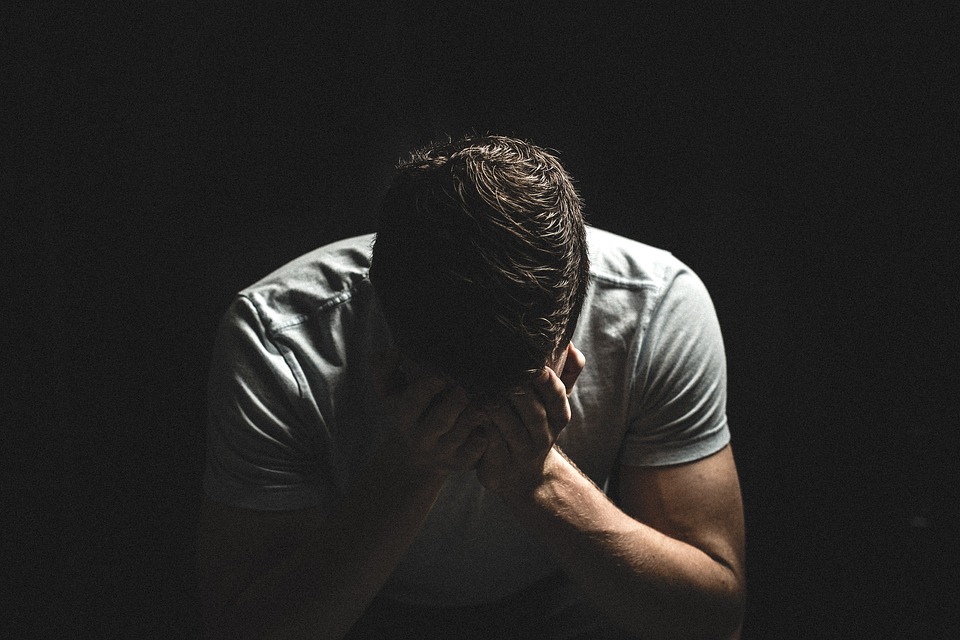
How To Deal With Anxiety in Children
Childhood anxiety is one of the most important mental health challenges of our time. One in five children will experience some kind of clinical-level anxiety by the time they reach adolescence. For most kids, these feelings of worry won’t last, but for some, they will — especially if those children don’t get help.
Here are six takeaways that all parents, caregivers and teachers can add to their anxiety toolkits, including information on how anxiety works, how parents can spot it and how to know when it’s time to get professional help.
1. Anxiety is a fear of the future and all its unpredictability.
The main thing to know about anxiety is that it involves some level of perception about danger, and it thrives on unpredictability. The mind of an anxious child is often on the lookout for some future threat, locked in a state of exhausting vigilance.
We all have some of this hard-wired worry, because we need it. It’s one of the reasons we humans have managed to survive as long as we have.
Full-blown anxiety happens when these common fears get amplified — as if someone turned up the volume — and they last longer than they’re supposed to. Separation anxiety, for instance, is quite common at age 3, 4 or 5, but it can be a sign of clinical anxiety if it strikes at age 8 or 9. According to research, 11 is the median age for the onset of all anxiety disorders.
A bundle of factors contributes to a child’s likelihood of developing anxiety. Roughly a third to half of the risk is genetic. But environmental factors also play a big part. Exposure to stress, including discord at home, poverty and neighbourhood violence, can all lead to anxiety. Research has shown that women are much more likely than men to be diagnosed with an anxiety disorder over their lifetime and that anxiety, as common as it is, appears to be vastly underdiagnosed and undertreated.
That’s why it’s important for parents, caregivers and teachers to spot it early. Be on the lookout for how long anxious feelings last. A few weeks usually isn’t a cause for concern. It’s really when it goes into the one- to two-month range that parents should really start feeling concerned.

2. Be on the lookout for the physical signs of anxiety.
The worried feelings that come with anxiety can seem hidden to everyone but the child trapped in the turbulence. That’s why it’s especially important for grown-ups to pay close attention to a child’s behaviour and to look for the tell-tale signs of anxiety in children.
A stomachache, headache or vomiting can all signal anxious feelings, especially as a child gets closer to the source of the anxiety. It’s near this point of panic that a child’s anxiety is most visible. So you can see it in their face. There is a certain way the eyes might look. You can see it in behaviour in general. People tend to either freeze, be inhibited not to do things when they’re anxious, or they can get quite upset. They can pace. They might run away.
We heard this from so many parents: My child is terrified to do something that I know won’t hurt them, that they might actually enjoy. What do I do?
3. Before you try to reason with a panicked child, help the child relax.
You’re not going to be able to move forward until you get them to calm down. Because if you can’t calm them down, you can’t even reach them. They’re not listening to your words because they can’t. Their body is taking over, so talking and shouting and saying, ‘You’re going to do this!’ is not very helpful.”
How do you break through this kind of panic? We recommend the Swiss Army knife in the mental health toolkit: deep belly breathing. Now that you’ve managed to calm down your child, it’s time to…
4. Validate your child’s fear.
Lots of parents say they really struggle to know how to respond when their kids worry about unlikely things — especially if the fear is getting in the way of a busy daily routine, maybe a fun family outing or sleep.
Never dismiss a child’s worries, no matter how irrational they may seem. A parent’s priority should be “validating your child’s feelings and not saying, ‘Oh, you know, buck up. You can do this!’ That’s not helpful.”
It’s crucial that children feel heard and respected. Even if you’re pretty certain aliens aren’t going to take over the planet tomorrow, if your child is worried about it, you need to let your child know that you respect that fear.

5. Help your child face their fears.
This is the fine line every parent, caregiver and teacher must walk with a child struggling with anxiety. You must respect the child’s fear, but that does not mean giving in to the fear.
Our initial reaction when we see an anxious child is to help them and protect them and not to push them or encourage them to do the things that they’re afraid of. But one of the things researchers have learned from years of studying anxiety in children is “how important it is to face your fears.”
This might be hard for some parents to hear, but the more that you avoid or don’t do certain things, it’s almost implicitly teaching the child that there is a reason to be anxious or afraid if we’re not doing the things that are difficult. It’s sending this message that, ‘Oh well, there is potentially a dangerous component to this.
So it’s important that children understand that things are gonna be difficult in life. Things can be scary. We can do them.
If you feel overwhelmed by your child’s anxiety, don’t hesitate to ask for professional help — again, from your family’s paediatrician or from a cognitive behavioural therapist. Because the good news is that anxiety is not only incredibly common but also treatable.
You May Also Like

I Have Trouble Being Faithful.
2021-08-27
How To Recognize When You Are Depressed
2022-04-28

